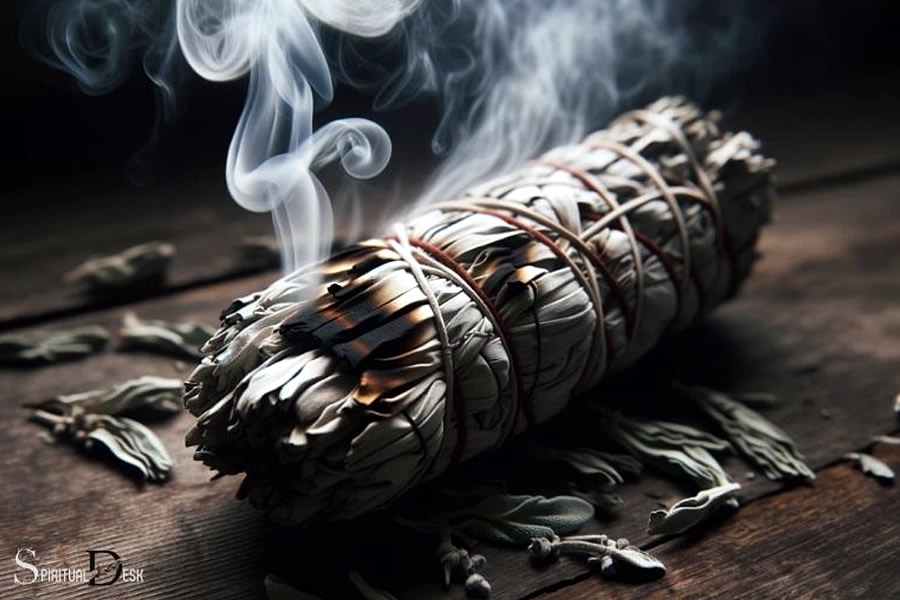
Medicinal and Sacred Smoke
– November 7 to December 7 –
Tomorrow, we step into the Month of the Yin Fire Pig, This is a time of profound and potent contradiction. The ruling element is Yin Fire – the candle flame, the spark or smoke. It is soft on the outside but strong within. This fire is coupled with the Water of the Pig, an element that typically douses flames, but here creates a powerful alchemy. The result is a subdued, introspective energy, with a hidden old Chinese warning: “A spark of fire can burn down the whole plain.”
Unlike last month’s visible, aggressive Yang Fire, Yin Fire works in the shadows. Yin Fire is the fire that has completed its work of consumption and become smoke. It is the ethereal twin of the flame -cool where flame is hot, descending where flame aspires, subtle where flame is bold. It is the medium through which the essence of a plant, resin, or wood is released not as heat, but as scent, as spirit, as message.
With yin fire sitting on the water of the pig, we may see undercover conflicts and simmering unrest. For us as individuals, the key lies in the Pig’s sacred gift: transformation. The Pig can digest and transmute anything. This month, our personal work is to become alchemists in our own lives, transforming chaos into clarity and tension into peace. And a medium for this alchemy?Smoke -the visible breath of Yin Fire.
Since ancient times, humanity has understood fire’s dual nature: creator and destroyer. But it is smoke – the residue of fire’s work – that became our first tool for building sacred space. Smoke is the ultimate Invisible Architecture. It doesn’t build walls you can see, but it constructs environments you can feel.
Modern research now confirms what traditions have always known. Burning sage, for instance, has been shown to purge airborne bacteria by up to 94% for 24 hours. Our ancestors may not have known the word “antimicrobial,” but they understood the practical result: a space felt cleaner, safer, and more clear. This was functional fumigation long before it was a scientific term!
Across the globe, some of our ancestors who discovered that the smoke of certain plants could design a space for the sacred, clear the air for healing, and build a bridge to the divine were:
Traditional Chinese Medicine (TCM): The concept of using smoke to disinfect and treat illness is ancient. The famous pharmacologist Li Shizhen documented in his Compendium of Materia Medica (1578 AD) the use of burning mugwort to prevent epidemics and ward off evil spirits. This practice, known as moxibustion is still used today.
Ancient Greece and Rome: The use of incense (libanus) was adopted from Eastern cultures. It was used in temples, state ceremonies, and even in homes. Hippocrates, the father of medicine, recommended fumigating the air with aromatic woods to prevent the spread of plague.
Indigenous North American Traditions: The sacred act of smudging is a profound ritual for cleansing spirit and space. It’s crucial to approach this tradition with respect, understanding its deep cultural specificity.
Ancient Egypt: They were masters of incense. They used frankincense, myrrh, and kyphi in temples and for healing, offering smoke to the gods and purifying the air against plagues.
India: The use of incense (agarbatti) and the sacred fire (yajna) where herbs like sandalwood and guggul are offered is a fundamental part of worship. The smoke is believed to carry prayers and purify the environment.
Celtic Lands: The practice of saining is a Gaelic tradition of blessing and protecting people, animals, or places. This often involved passing them through the smoke of burning sacred woods like juniper or rowan.
How can you consciously use the principle of smoke?
To Purify: After a long day or before a ritual, use a locally sourced, ethically gathered herb (like sage, juniper, cedar, or rosemary) to clear the energetic residue of your home. Light your material. As the smoke begins to rise, watch its patterns. Don’t just wave it around; be deliberate.
To Set Intention: As you light a stick of incense or a resin, infuse the smoke with a purpose – clarity, peace, protection. Watch it fill the room, building the very structure of that intention around you.
To Honor Transition: Use smoke to mark the beginning of a new activity, meditation, creative work, or rest. It signals to your mind and spirit: this space is now different.
When you light a bundle of herbs or a stick of incense with conscious intent, you are not just creating a pleasant smell. You are not just burning a plant. You are using the essence of Yin Fire to design an environment, to build a temporary temple of well-being. You are practicing the ancient art of shaping the unseen – the Invisible Architecture!



